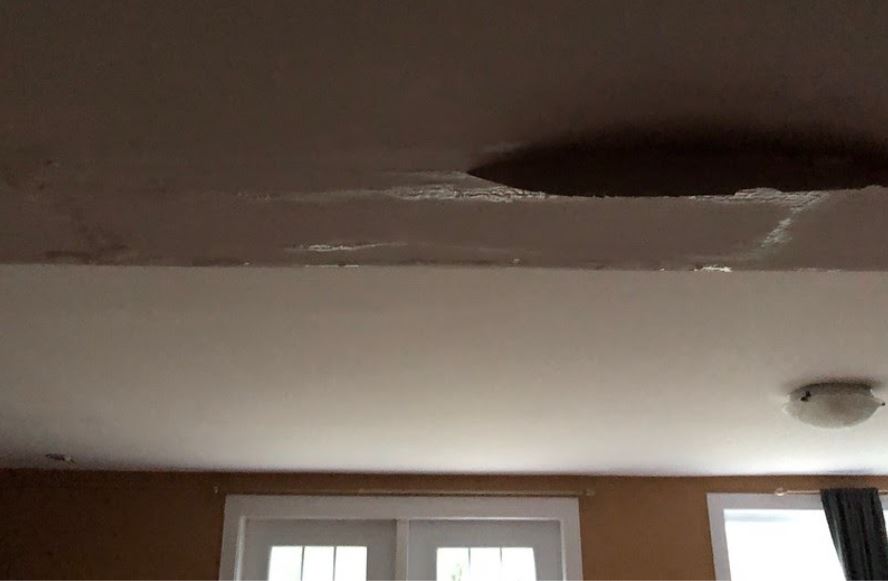Every person seems to have his or her own opinion involving Common Water Leaks In House.

Leaks not only cause waste of water yet can likewise cause unneeded damage to your residence and also advertise undesirable natural growth. By looking and understanding for everyday circumstances that create leakages, you can protect your home from future leakages and also unneeded damage.
Trespassing roots
Most water leakages start outside your home instead of inside it. If you notice a sudden decline in water stress, say in your faucet, require time to head out and also examine your lawn. You may see damp spots or sinkholes in your backyard, which could mean that tree origins are invading water lines triggering water to leak out. You can have your plumber check for invasion, specifically if you have trees or shrubs near your residential or commercial property.
Corroded water supply
As time goes by, your plumbing system ages and rust such as corrosion may start eating away the pipelines. This could be the cause of discoloration or warping on your water pipes. This calls for an inspection with your plumber right away. Take into consideration changing the pipelines since they are at a greater danger of deterioration than the more recent versions if our plumbing system is old.
Faulty Pipeline Joints
The factor at which your pipelines link is frequently the weakest link in the waterline. Pipeline joints can weaken gradually, resulting in water leaks. The bulk of pipeline joints are not quickly visible. If you have loud pipelines that make ticking or banging noises, especially when the warm water is switched on, your pipe joints are probably under a great deal of pressure. It is suggested to have your plumber examine your system annually.
Immediate temperature adjustments.
Severe temperature adjustments in our pipelines can cause them to increase as well as contract all of a sudden. This development as well as contraction might cause splits in the pipes, especially if the temperature level are below freezing. It would be best if you kept an eye on how your plumbing functions. The existence of the formerly pointed out scenarios often suggests a high risk.
Poor Water Connectors
At times, a leakage can be caused by loose pipes and also pipes that supply your appliances. In situation of a water connections leakage, you might observe water running straight from the supply line or puddles around your devices.
Obstructed Drains
Obstructed drains pipes may be bothersome and also inconveniencing, however they can occasionally end up creating an overflow resulting in break pipelines. Maintain removing any type of products that may go down your drains pipes that can obstruct them to stay clear of such aggravations.
All the above are root causes of leakages however not all water leakages result from plumbing leakages; some leakages could come from roof covering leaks. All leakages need to be fixed quickly to prevent water damage.
Leakages not just cause waste of water but can also create unnecessary damages to your house and advertise undesirable natural development. By looking and also understanding for everyday circumstances that create leakages, you can protect your home from future leaks and also unneeded damages. Today, we will certainly look at 6 leak causes that might be triggering your pipelines to drip.
At times, a leakage can be caused by loose hoses and pipelines that provide your devices. In instance of a water links leakage, you may see water running directly from the supply line or pools around your home appliances.
How To Check For Water Leak In Your Home
How To Check for Leaks
The average household's leaks can account for nearly 10,000 gallons of water wasted every year and ten percent of homes have leaks that waste 90 gallons or more per day. Common types of leaks found in the home are worn toilet flappers, dripping faucets, and other leaking valves. These types of leaks are often easy to fix, requiring only a few tools and hardware that can pay for themselves in water savings. Fixing easily corrected household water leaks can save homeowners about 10 percent on their water bills.
To check for leaks in your home, you first need to determine whether you're wasting water and then identify the source of the leak. Here are some tips for finding leaks:
Take a look at your water usage during a colder month, such as January or February. If a family of four exceeds 12,000 gallons per month, there are serious leaks.
Check your water meter before and after a two-hour period when no water is being used. If the meter changes at all, you probably have a leak.
Identify toilet leaks by placing a drop of food coloring in the toilet tank. If any color shows up in the bowl after 10 minutes, you have a leak. (Be sure to flush immediately after the experiment to avoid staining the tank.)
Examine faucet gaskets and pipe fittings for any water on the outside of the pipe to check for surface leaks.
Undetected water leaks can happen without the home or business owner even realizing. If you suspect a water leak, but not able to find the source. It is time to contact a professional water leak detection service, The Leak Doctor.
How To Find a Water Leak In Your Home
https://www.leakdoctor.com/blog/How-To-Check-For-Water-Leak-In-Your-Home_AE197.html

I ran across that content on How to Find Water Leaks while doing a lookup on the web. Please take the opportunity to share this post if you enjoyed it. I thank you for reading our article about How to detect water leaks in your home.
Stress-free? Call now!
Comments on “Understanding the Primary Causes for Drips in Your Home”